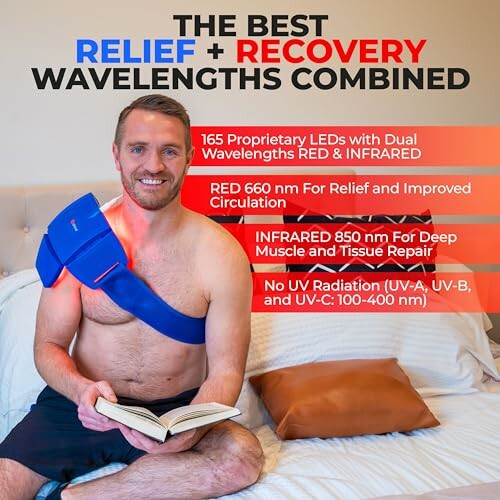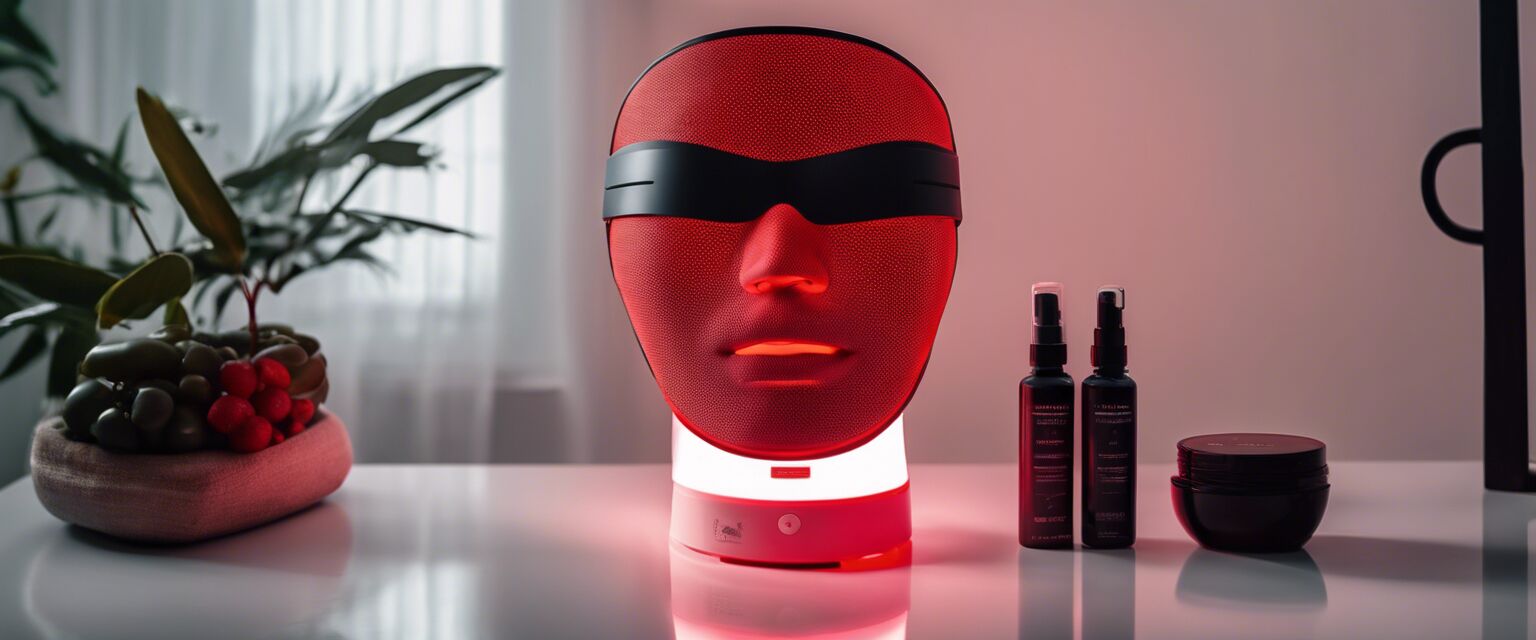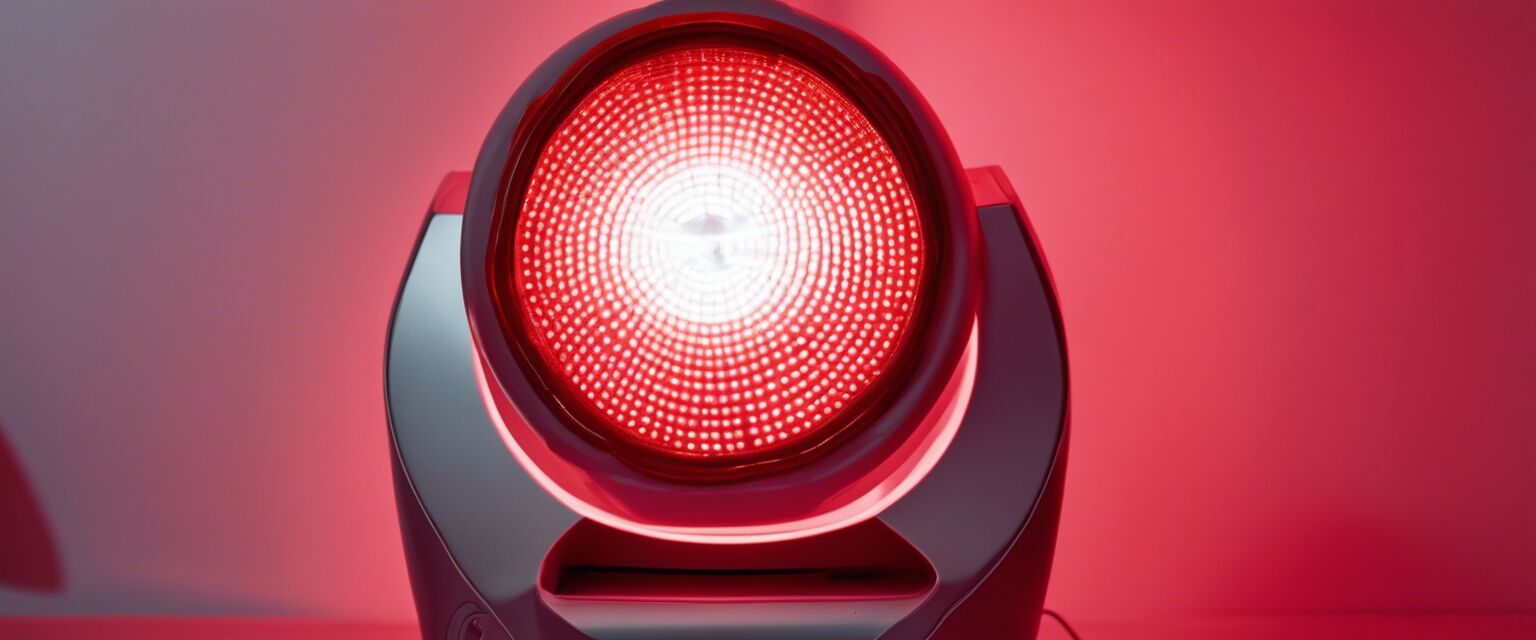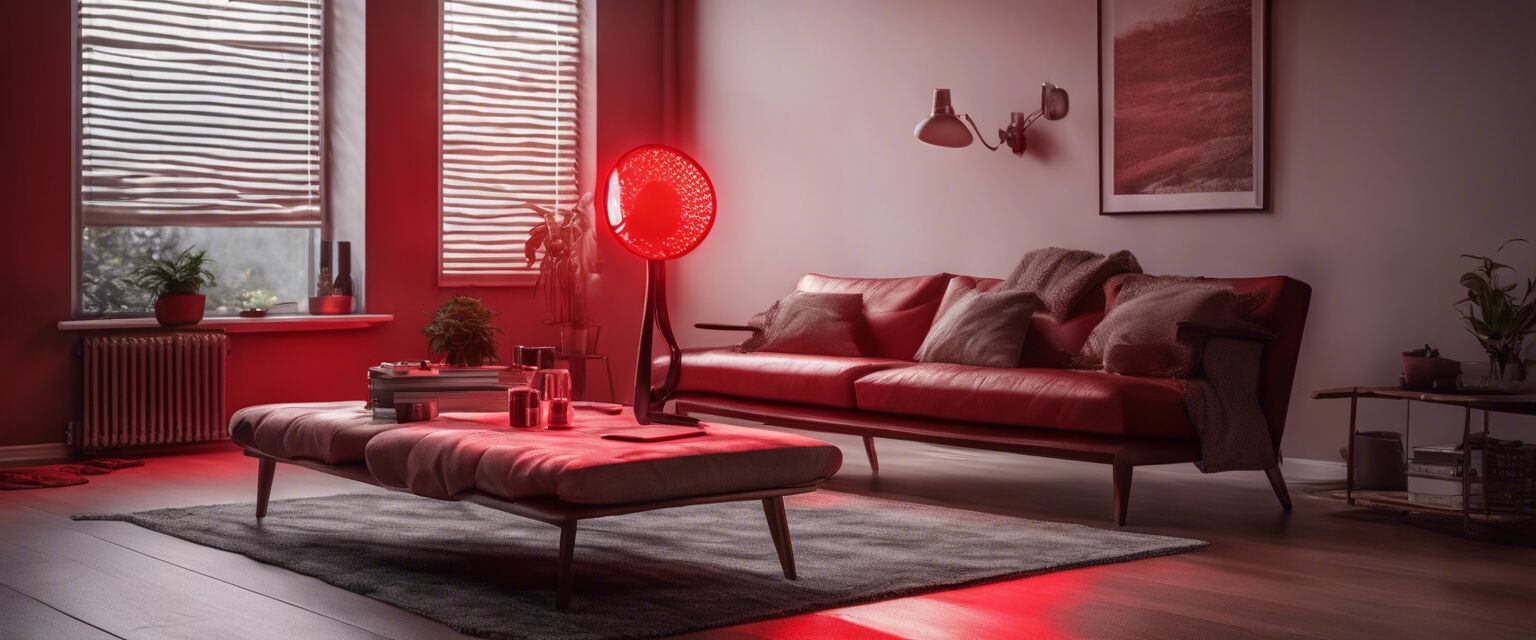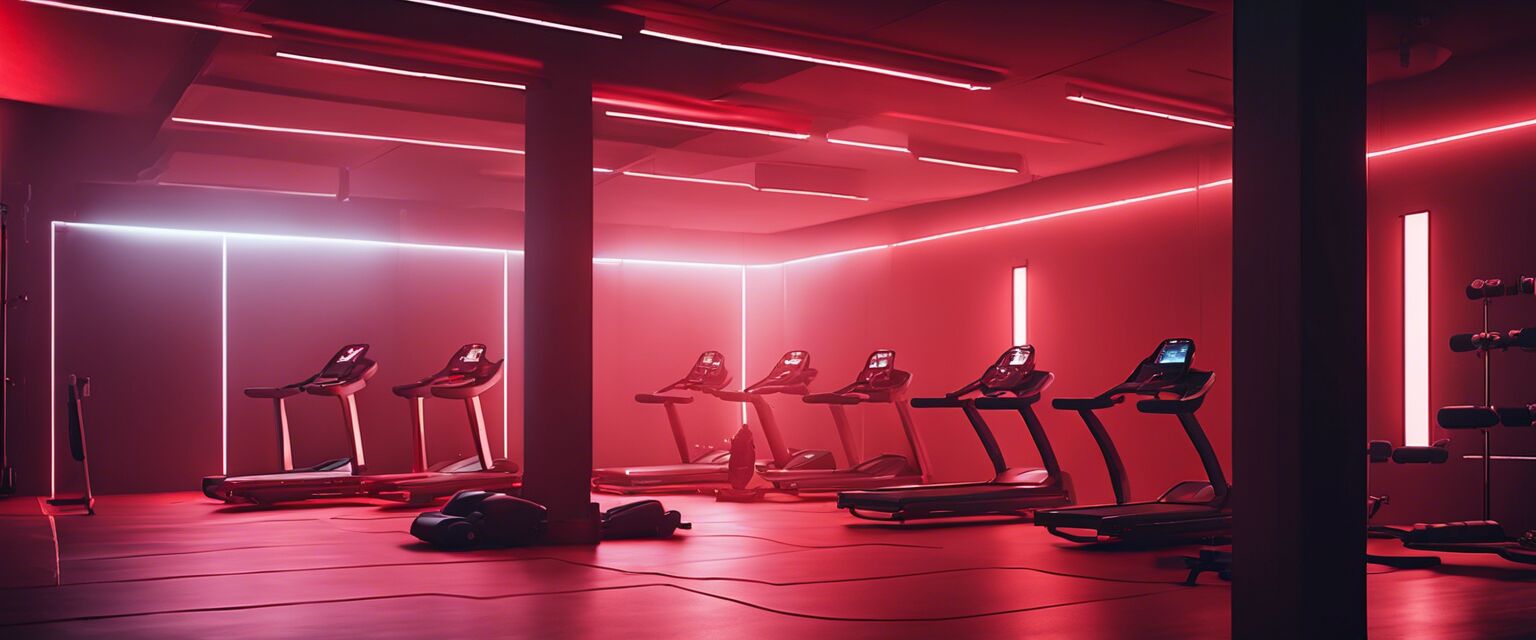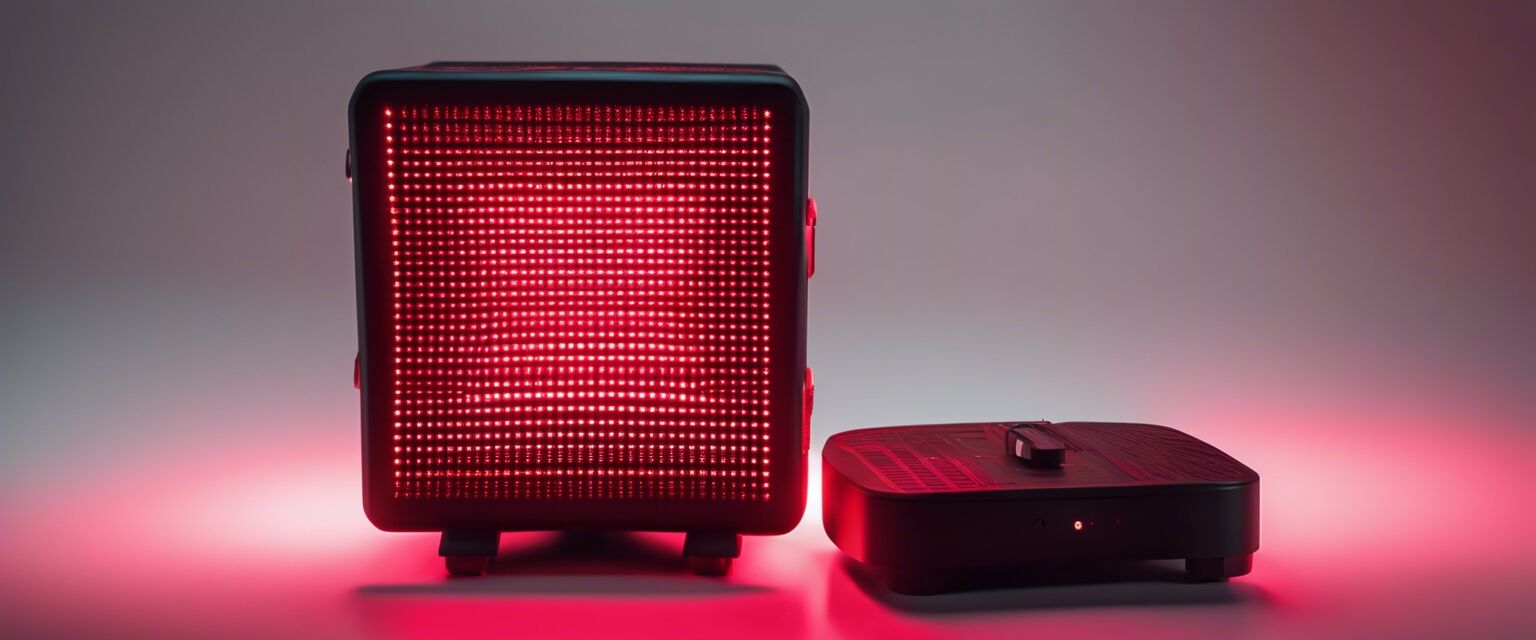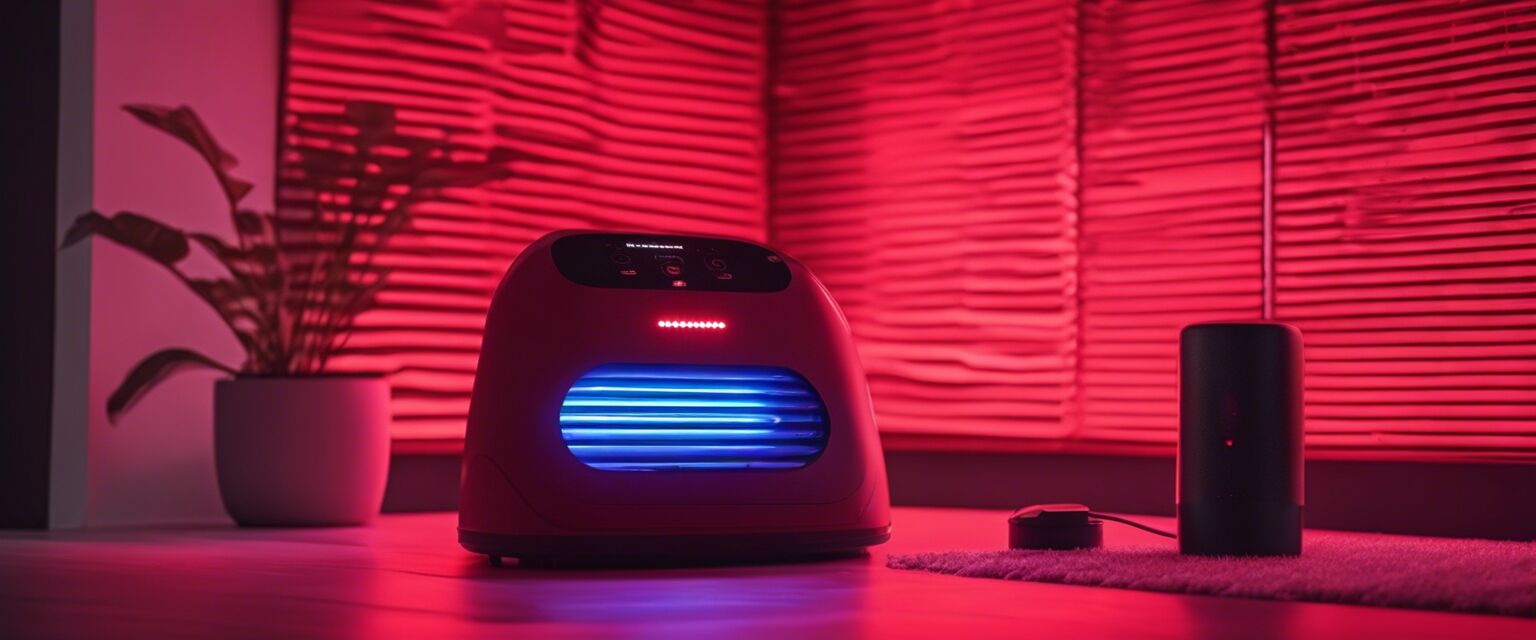
Red Light Therapy for Pain Relief
Red light therapy (RLT) is gaining popularity as a non-invasive method to alleviate various types of pain. This article explores how RLT works, its potential benefits, and practical applications for those seeking alternative pain relief solutions.
Key Takeaways
- Red light therapy utilizes specific wavelengths of light to promote healing.
- It may help in reducing inflammation and pain.
- RLT can be used for various conditions including muscle soreness, joint pain, and skin issues.
- Consult a healthcare professional before starting any new therapy.
What is Red Light Therapy?
Red light therapy involves the use of low-level wavelengths of red light to stimulate cellular function. The process is believed to promote healing and reduce inflammation, making it a popular choice among individuals suffering from pain.
How Does It Work?
The therapy works by penetrating the skin layers to reach the underlying tissues. Hereâs a simplified breakdown of the process:
- Wavelengths between 600-650 nm and 800-850 nm are most effective.
- Cells absorb the light, which stimulates ATP (adenosine triphosphate) production.
- Increased ATP promotes faster healing and reduced inflammation.
Types of Pain Alleviated by Red Light Therapy
RLT has shown promise in alleviating various types of pain. Below are some common conditions where RLT may be beneficial:
| Condition | RLT Benefits |
|---|---|
| Muscle soreness | May promote faster recovery and reduce soreness. |
| Joint pain | May help reduce inflammation and improve mobility. |
| Arthritis | May alleviate discomfort associated with inflammation. |
| Back pain | May help in reducing chronic pain symptoms. |
| Skin conditions | May aid in healing and reducing pain associated with skin issues. |
Applications of Red Light Therapy
Red light therapy can be applied in various settings and through different devices. Here are some common applications:
- Fitness and recovery tools that utilize RLT can be used after workouts.
- Healing lamps designed specifically for pain relief can be used at home.
- Portable devices for on-the-go therapy sessions.
- Masks that focus on facial treatments for skin-related pain.
Benefits of Using Red Light Therapy
Many users report several benefits from using red light therapy, including:
Pros
- Non-invasive and easy to use.
- Can be used in the comfort of your home.
- Minimal side effects compared to medication.
- Versatile applications for various conditions.
Cons
- Results may vary from person to person.
- Not a substitute for professional medical treatment.
- Initial costs for devices can be high.
Choosing the Right Red Light Therapy Device
When looking for a red light therapy device, consider the following:
- Wavelength: Ensure it falls within the effective range.
- Device type: Choose between lamps, handheld units, or larger machines.
- Portability: Consider if you need a device for home use or on-the-go.
Tips for Beginners
Getting Started with Red Light Therapy
- Start with shorter sessions (5-10 minutes) to see how your body reacts.
- Gradually increase the duration as you become more comfortable.
- Be consistent for best results, aiming for several sessions per week.
- Keep the device at an appropriate distance from the skin for effective treatment.
Conclusion
Red light therapy offers a promising alternative for those seeking to alleviate pain without invasive procedures or medications. While results may vary, many individuals report improvements in their conditions, making RLT worth considering. Always consult a healthcare professional before starting any new treatment.
Explore More
For more information on red light therapy and its applications, check out these categories:
